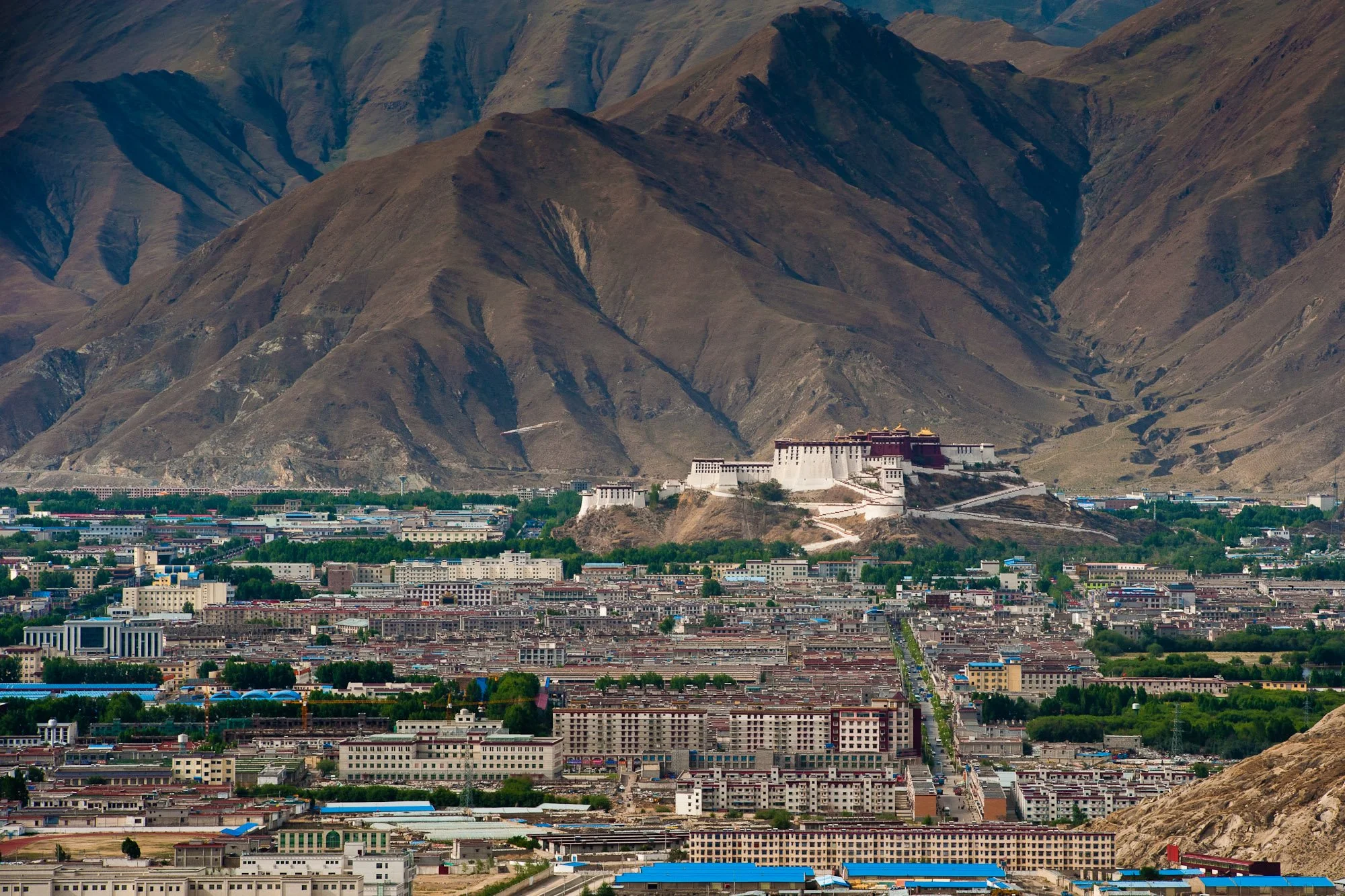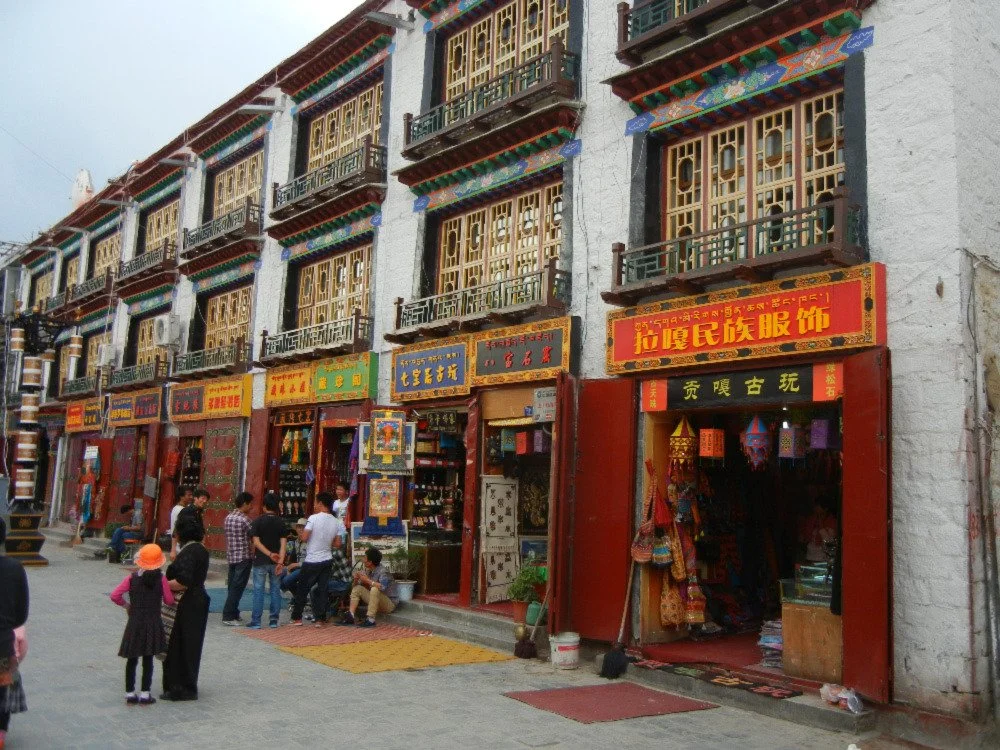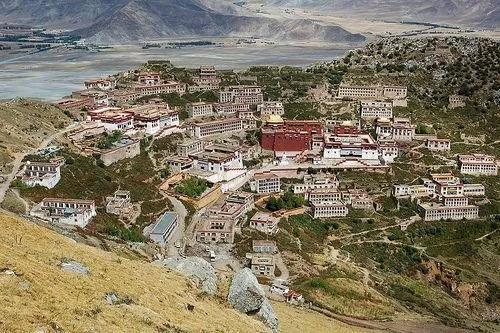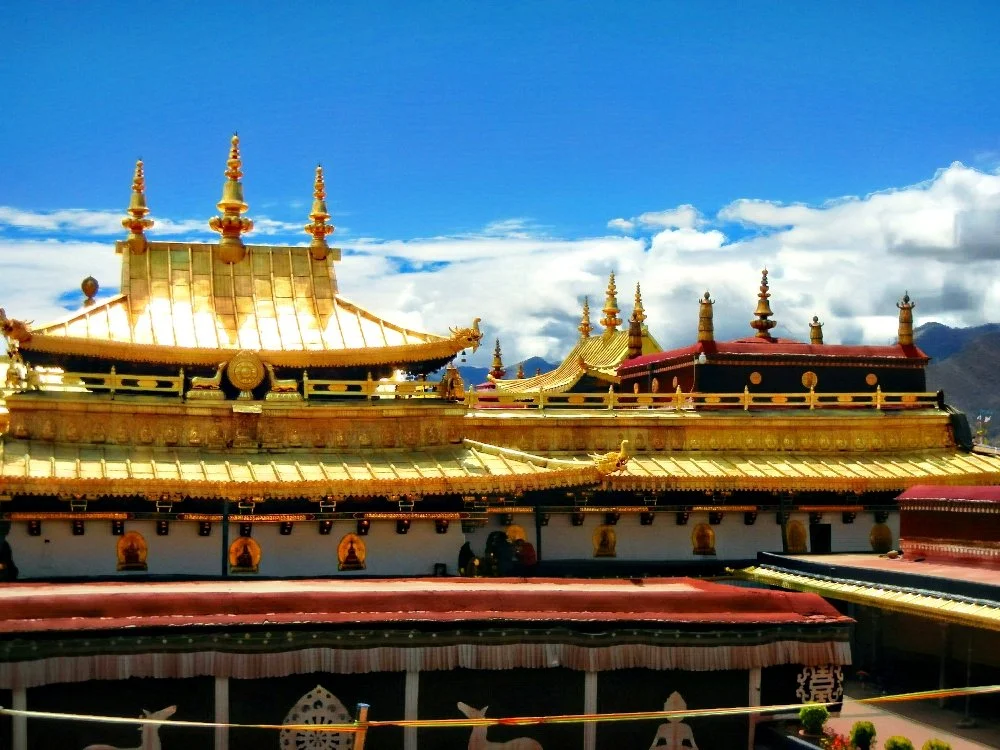Classic Lhasa
4 Days
DAY 1: Arrive in Lhasa by plane or train, transfer to your hotel, and relax.
The holy city of Lhasa was founded as the capital of the Tibetan Empire in the 7th century by Emperor Songtsen Gampo. Since the beginning of the ascendancy of the Dalai Lamas in the 17th century, it has had no rivals on the Tibetan Plateau. "The Place of the Gods" (10,950 ft.), which straddles the Kyichu Valley, is the planet's majestic rooftop city where, amid temples, wafting incense, and devoted Buddhists, the Tibetan culture continues. Filled with sights, sounds, and many shops, restaurants, and historical monasteries, the Tibetan quarter of Lhasa will keep you busy!
DAY 2: In the morning, visit the Jokhang Temple and the Barkhor and the nearby Sera Monastery in the afternoon.
The Jokhang was built in the 7th century by King Songtsen Gampo and his two wives—the Nepalese Princess Bhrikuti and the Chinese Princess Wencheng. It houses the famous Jowo Rinpoche (Buddha Shakyamuni) statue, the holiest object in Tibet. Over the centuries, the complex has expanded and been rebuilt several times, but remarkably, the core of the original temple remains and can be visited. The Jokhang is a UNESCO World Heritage site, and its importance to the Tibetan people cannot be exaggerated.
DAY 3: Visit the Potala Palace in the morning and Norbulingka or Drepung Monastery in the afternoon.
The glorious Potala Palace, truly an architectural gem, was the residence of the Dalai Lamas, known to the Tibetans as Yishin Norbu, Wish-Fulfilling Gem. Emperor Songtsen Gampo is believed to have built the first palace in 637; it was rebuilt and expanded by the Great Fifth Dalai Lama in the 17th century. Today, the Potala is a state museum, but the vibration of its sanctity can still be felt.
Drepung, or Rice Heap Monastery, located at the foot of Mount Gephel, is one of Tibet's most significant Gelukpa institutions. (The others are Ganden and Sera.) Drepung is about 8 km west of Lhasa and is built below a valley wall. It once housed more than 7,000 monks. Unfortunately, much has been destroyed, but the four primary buildings have been preserved.
The Norbulingka was developed in the mid-18th century as the Dalai Lamas' Summer Palace. It was also the seat of government during the summer months. The complex includes a debating courtyard and three palaces. To the east, there is an open-air stage and gardens where operatic performances are held during the Shoton Festival.
DAY 4: Today, you will enjoy a scenic excursion to Ganden Monastery, about 45 km from Lhasa, and return to Lhasa for dinner.
About 45 km from Lhasa, Ganden was founded in the 15th century by Tsongkapa. For centuries, Ganden, named after the paradise of Maitreya Buddha, had been a significant institution of the Gelukpa tradition. The pilgrim's circumambulation, or walking circuit, follows a path that passes several important religious relics, sacred sites, and rock impressions. The hour-long circuit descends into a burial ground, passes through a narrow cleft then ends at Tsongkhapa's hermitage.



